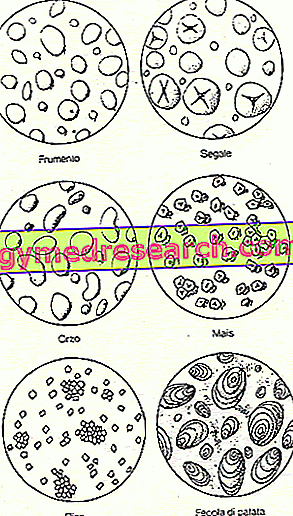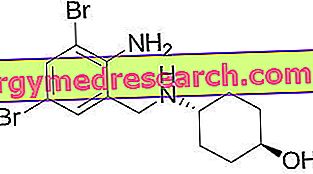See also: starch - rice starch - corn starch - wheat starch - potato starch
What is that
Wheat starch is obtained from soft wheat grains ( Triticum vulgare ), reduced to flour and soaked in water; a grinding of the product follows, with subsequent filtration, centrifugation, drying and powder reduction.
Wheat starch consists of type A granules and type B granules; the former, larger (30/40 μm), have a lenticular shape, while the latter, of small size (2/6 μm), are globose, without ilium and stratifications.
Celiac disease

Features and Uses
Wheat starch has a gelatinization start temperature (T0) of about 58 ° C. Initially there is a significant swelling of the amylaceous structure, with an increase in the viscosity of the system, followed by the rupture of the structure thus swollen and the leakage of the starchy material into the water. This gelatinization also increases the digestibility of the starch itself, making it more easily hydrolysable and attackable by the digestive enzyme systems (alpha and beta amylase).
Insoluble in cold water and in ethyl alcohol, wheat starch swells in hot water; this makes it useful as a natural thickener in the food industry, although for this purpose the less expensive corn starch is generally preferred. The same operation can be used to obtain an extemporaneous, economical, but still effective glue based on wheat starch diluted in hot water. The colloidal aqueous solution (salda d'amido) can also be used as an emollient for the skin, as a protective agent for gastric inflammation, as a base for some enemas and as an antidote for iodine poisoning.
Wheat starch consists of two different polymers:
- Amylopectin (70-75%): branched molecule, more easily digestible, with high glycemic index, responsible for gelatinization;
- Amylose (25-30%): linear molecule with less viscosity, responsible for the reorganization of starch after cooking (resistant starch, stale bread, etc.).
The energy value of wheat starch, with its 350 Kcal / 100g is very high, thanks to the conspicuous presence of carbohydrates, with traces of fats and proteins.



